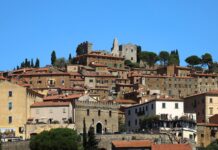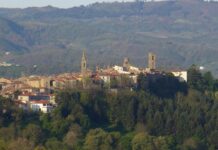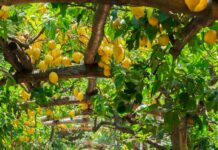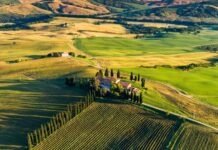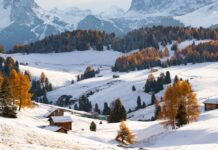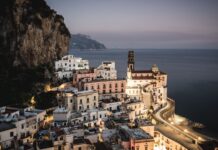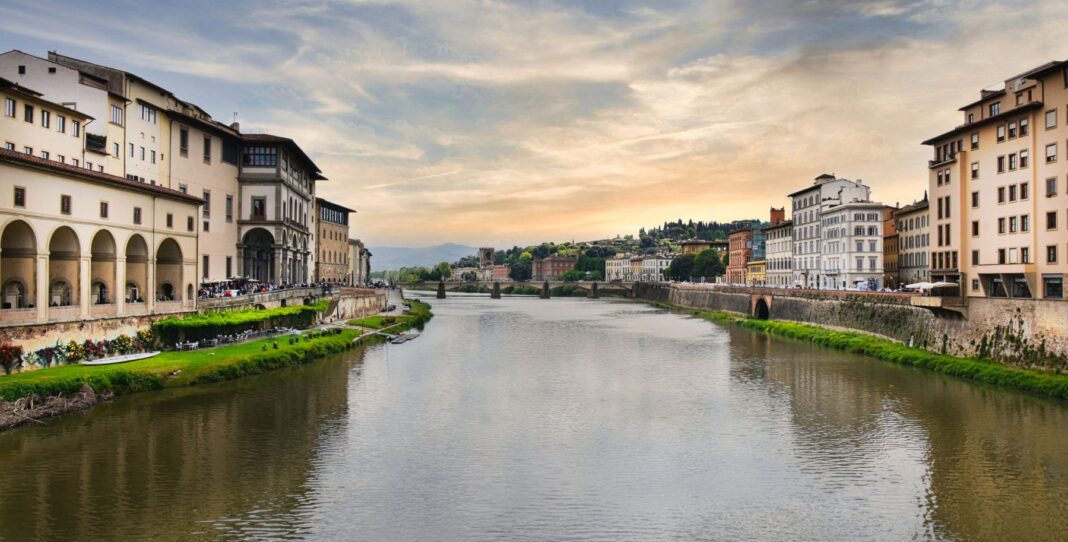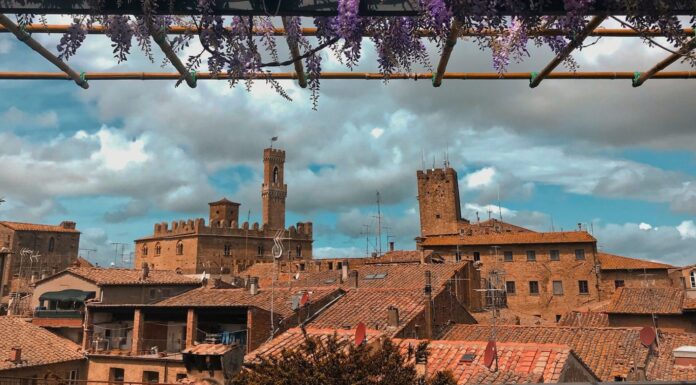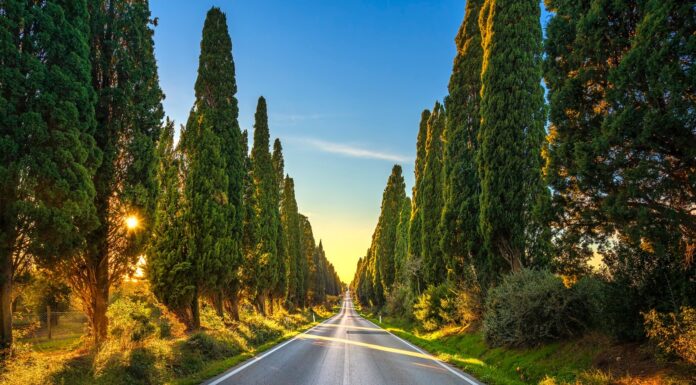Throughout history, rivers in Tuscany have played an important role in shaping Tuscan culture. They have made transportation throughout the region simple and effective as well as provided a source of water to people settling around them. They have shaped Tuscany into what it is today and now are often enjoyed by locals to cool off on a hot summer day.
The main rivers throughout the region are the Arno, the Serchio, the Magra, and the Elsa. Throughout both the northern and southern sides of the region, there are many places to enjoy a swim, in places like natural pools, wild parks, and swimming spots.
One of my favorite spots to go for a swim is Cascata di Moraduccio. Keep reading to learn more about the different rivers in Tuscany that you can swim in and the unique ways that they have shaped Tuscany.
Geography of Rivers in Tuscany
There are many river systems through the Tuscan region. They have played an important role in Tuscany’s terrain, climate, and culture. The Arno is the most significant in the region. It starts in the Apennine Mountains and flows to the Tyrrhenian Sea. The Arno divides Tuscany into two halves, the western half and the eastern half. The western side is characterized by the Arno River Basin and the Arno Valley. Tuscany’s capital, Florence, is in Arno Valley and has used the Arno for transportation and as a source of water for many years. The eastern side of Tuscany is known for its ecosystem, wetlands, and rice fields. The most prominent rivers in the east are the Tiber and the Ombrone.
The Best Swimming Rivers in the North of Tuscany
The north has some of the most beautiful natural spots in Italy. Below are some of the best places to go for a swim.
1. Rio Buti
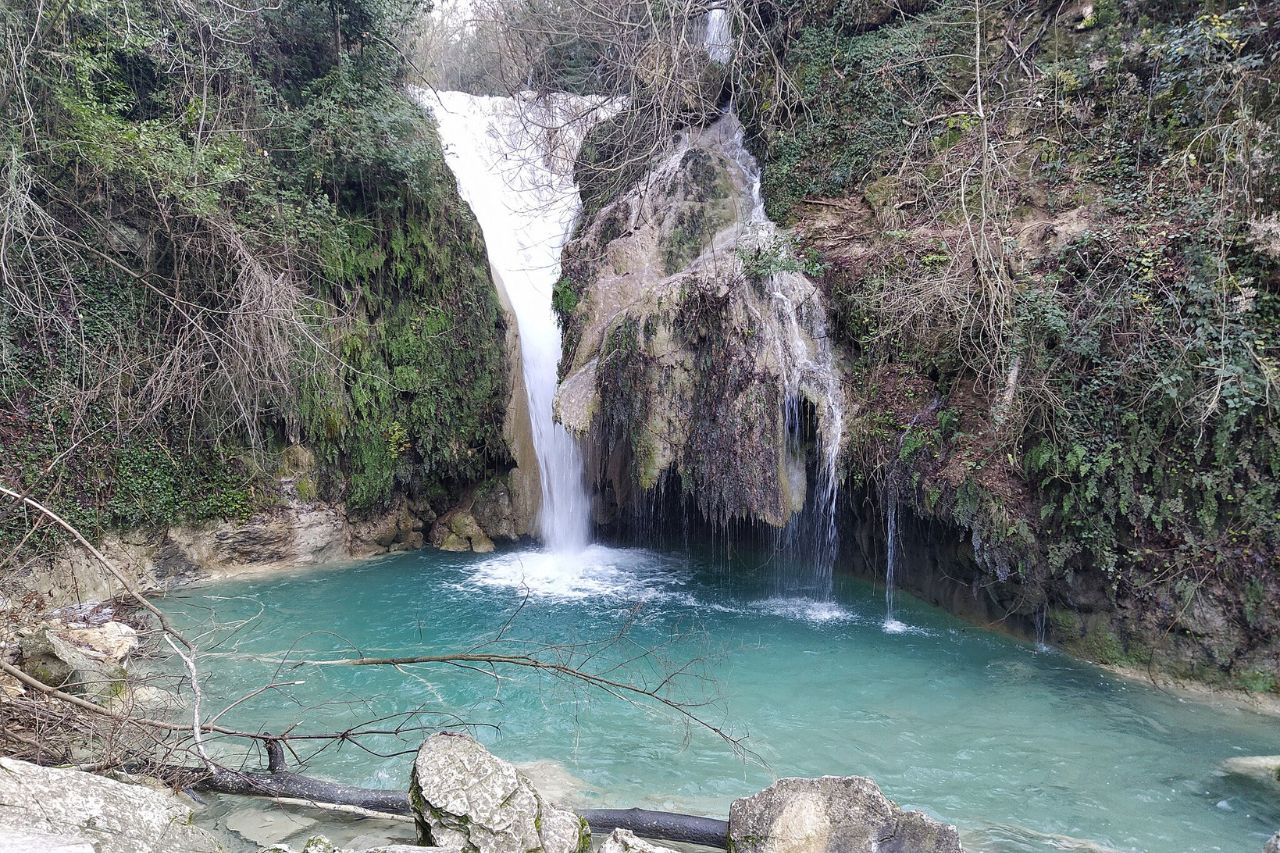
One of the most popular swimming rivers in Tuscany is Rio Buti. It it surrounded by beautiful scenery and the water is clear and refreshing. Flowing through the Pisa and Lucca provinces, there are many popular and free places to swim along Rio Buti.
2. Cascata di Moraduccio
Perfect for those looking for an outdoorsy escape, Casacata di Moraduccio is in the Casentino Forests in Monte Falterona and Campigna National Park. The area is amazing for hiking, and jumping into the waterfalls is a great way to cool off, although they can be quite chilly.
3. Cascata dell’Acquacheta
Similarly to Cascata di Moraduccio, Cascata dell’Acquacheta is also in the Casentino Forests in Monte Falterona and Campigna National Park. The waterfalls here are a beautiful spot to jump into the water after a long hike because the water is often very cold, even in the summer months. Casacata dell’Acqacheta is popular for those who are fans of Dante Alighieri’s work because it was featured in his “Divine Comedy”.
4. Cascate di Candalla
In the rugged landscape of the Apuan Alps, Cascate di Candalla is a gorgeous waterfall near Carrara in northern Tuscany. Swimming here can be a bit chilly, but it’s worth it to experience the refreshing waters in the beautiful water surrounded by remote and unspoiled nature.
5. Polle di Malbacco
The Polle di Malbacco are river pools formed by the Lima River in the Alpi Apuane National Park. Swimming here is free, but you may have to pay for parking when visiting. These natural swimming pools are an amazing place to take a dip and take in the mountain landscape surrounding you. The water does tend to be a bit cold as it is in the mountains, but they are well worth a visit, especially if you are visiting in the spring before the water has gotten to warm up after the winter.
The Best Swimming Rivers in the South of Tuscany
With parks and nature reserves, the south of the Tuscan countryside has some amazing places to cool off in the water on a hot day. Below are some of my favorites.
6. Masso delle Fanciulle
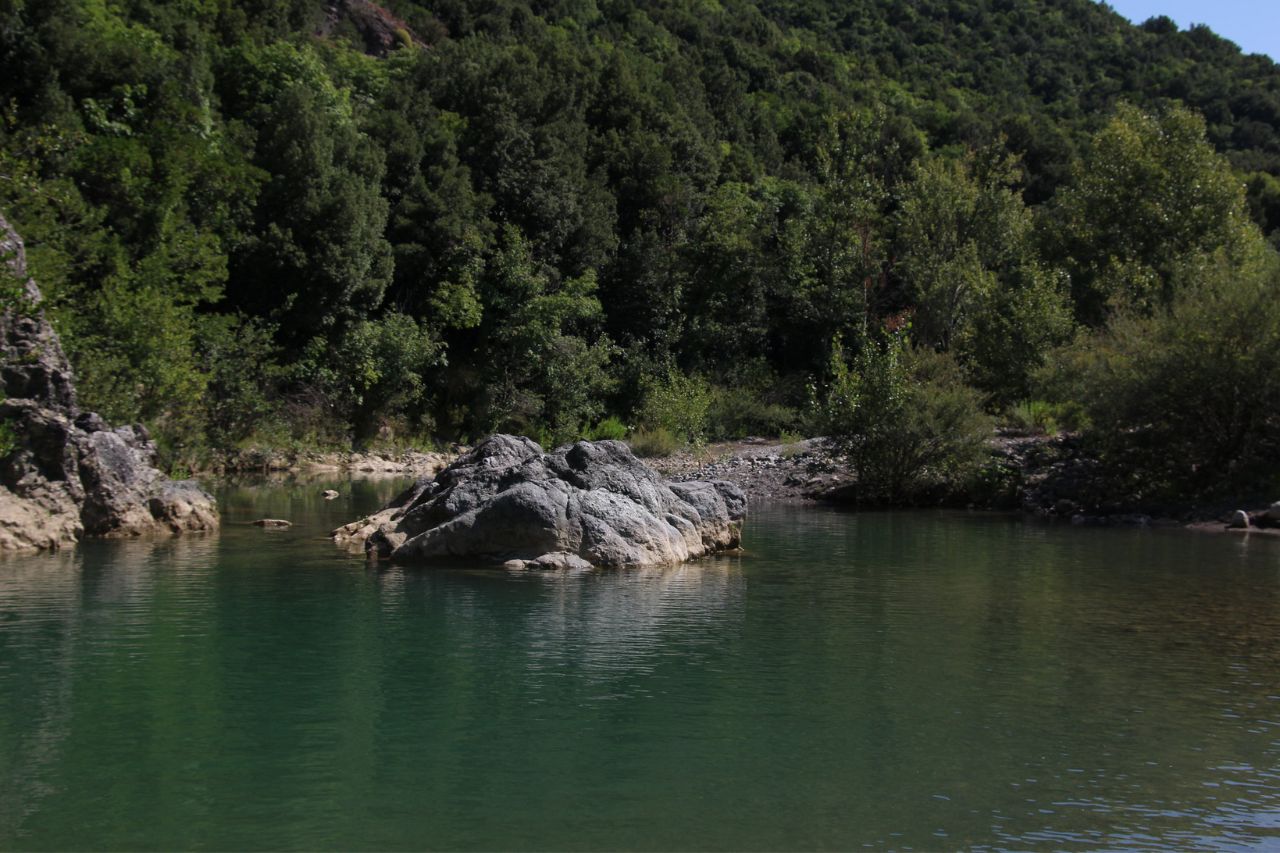
Near the village of Sorano, Masso delle Fanciulle is a beautiful natural swimming spot with fascinating rock formations. It’s a very peaceful place for a swim in the gorgeous water that is usually a very comfortable temperature.
7. Parco Fluviale dell’Elsa Viva
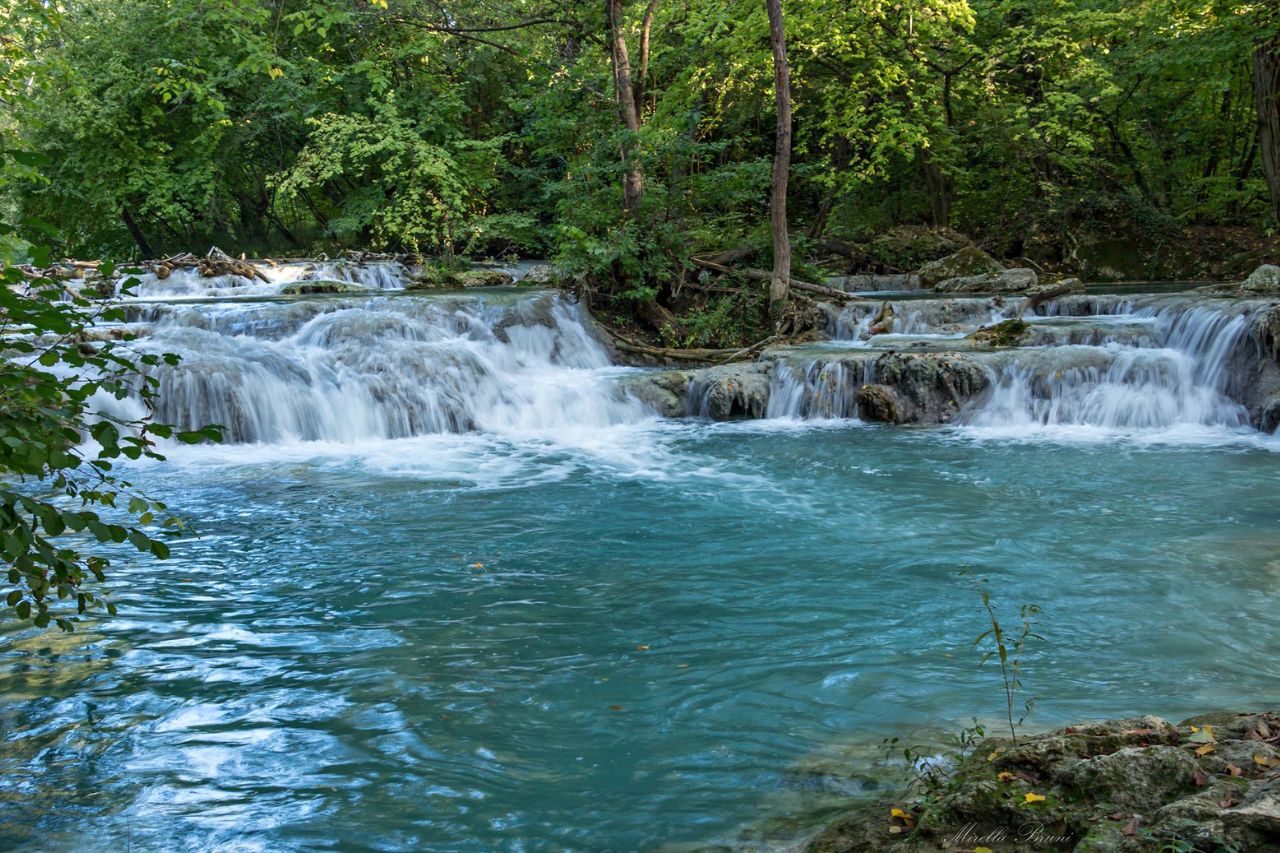
The Parco Fluviale dell’Elsa Viva is in the heart of Tuscany near Poggibonsi. The park is a beautiful spot to have a picnic and a swim, with the Elsa River winding through the peaceful landscape. The water is usually chilly, even during the summer, but that shouldn’t deter you from visiting this lovely park.
8. Riserva Naturale Alto Merse
If you’re looking for pristine nature, the Riserva Naturale Alto Merse is the perfect getaway. The reserve is idyllic and offers beautiful nature views. The Merse River running through the reserve is a perfect spot for a swim, even though it can be cool.
9. I Canaloni del Torrente Farma
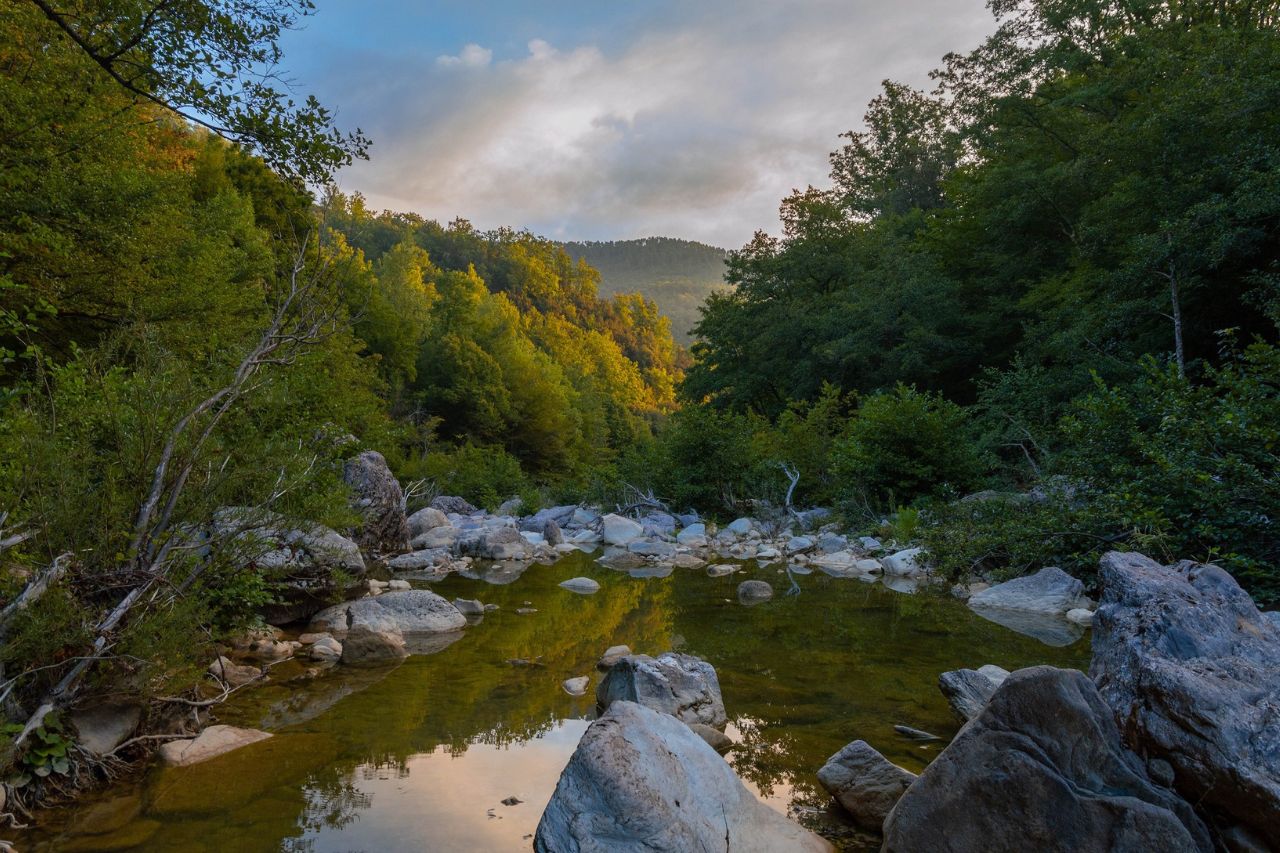
The Torrente di Farma is a river in Tuscany where you can swim – “Torrente Farma” by alessiopel is licensed under CC BY-NC-SA 2.0.
This hidden gem known for its emerald green water is well worth a visit for a swim in the natural pool. In the Grosseto province near Roccastrada, I Canaloni del Torrente Farma has water that is a very comfortable swimming temperature in a quiet and peaceful environment. It is a perfect spot for a serene swim.
Characteristics of Bathing Rivers in Tuscany
Throughout the Tuscan countryside, you can find natural pools, wild parks, and swimming spots. These are all similarly natural places you can go for a swim in, but they all have distinct characteristics which make them unique.
Natural Pools
Natural pools are often a bit more tucked away into nature, making them lesser known to the public. They are popular places for locals to enjoy the crisp water surrounded by peaceful nature. Natural pools are often formed by a flow of water, for example river beds or waterfalls. The water is usually very clear and calm, which makes them the perfect spot to spend the day relaxing.
Wild Parks
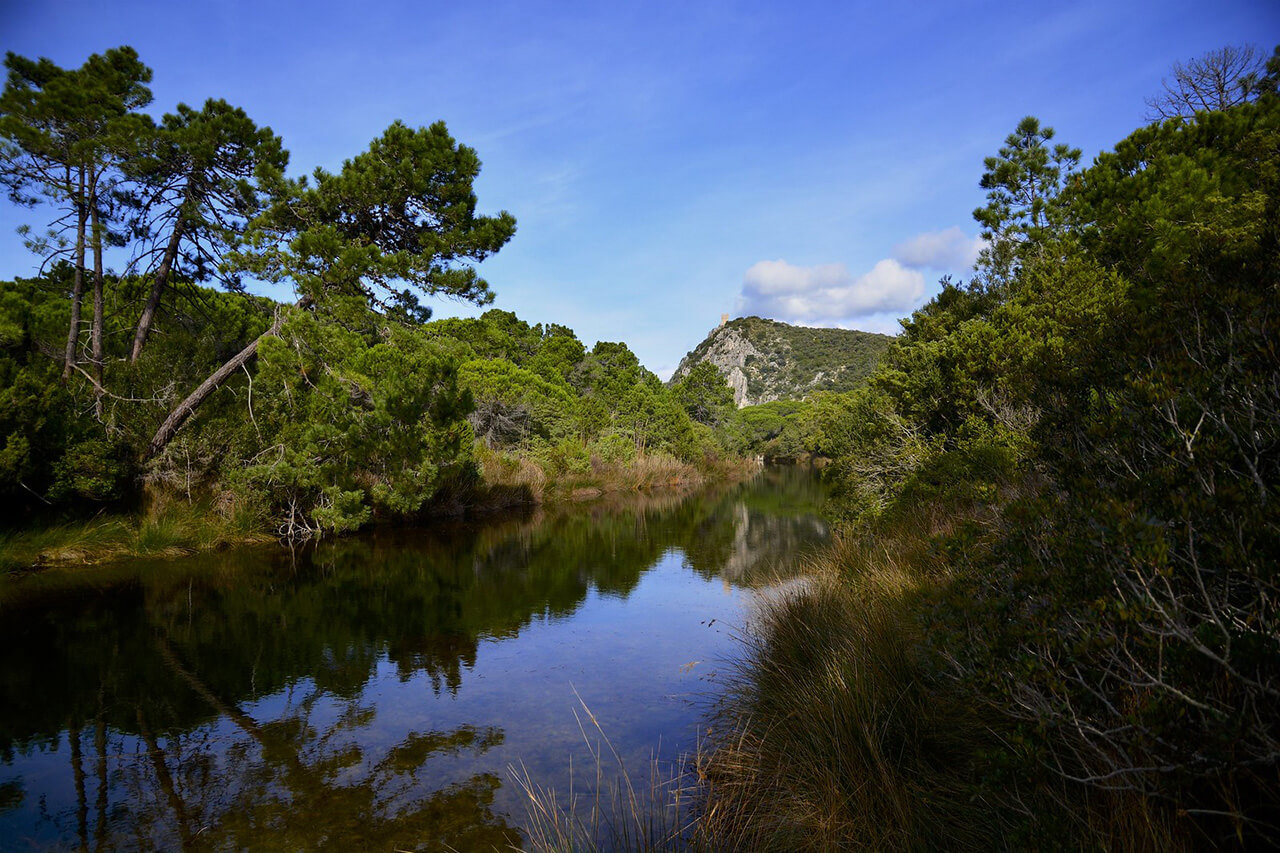
Wild parks, also known as nature reserves, typically have well maintained trails used for walking and hiking. In wild parks, you can usually find forests, lakes, or rivers in Tuscany. The ecosystems tend to be well-preserved. People are often out enjoying the outdoors, doing activities like swimming, hiking, or picnicking.
Swimming Spots
Swimming spots tend to have more facilities than natural pools. They are popular for going for a swim and sunbathing. People often play water sports, such as kayaking in these as well. There are often facilities such as changing rooms or picnic tables nearby.
Insider Tips for Swimming in Tuscan Rivers
While swimming in rivers in Tuscany is often an amazing experience, there are some things to keep in mind. Always check for local regulations regarding swimming where you are. Be aware of water conditions, including currents and the depth. If you’re not a strong swimmer, consider wearing a life jacket. If you’re swimming in a remote area, it’s advised to have a first aid kit, snacks, and water with you, and make sure someone knows where you are. Remember, locals know best. If you see local people in the area, ask for their advice on the best and safest swimming sports.
The Most Important Rivers in Tuscany
Tuscany is home to several major rivers, each with their own unique characteristics, historical significance, and ecological importance.
Arno
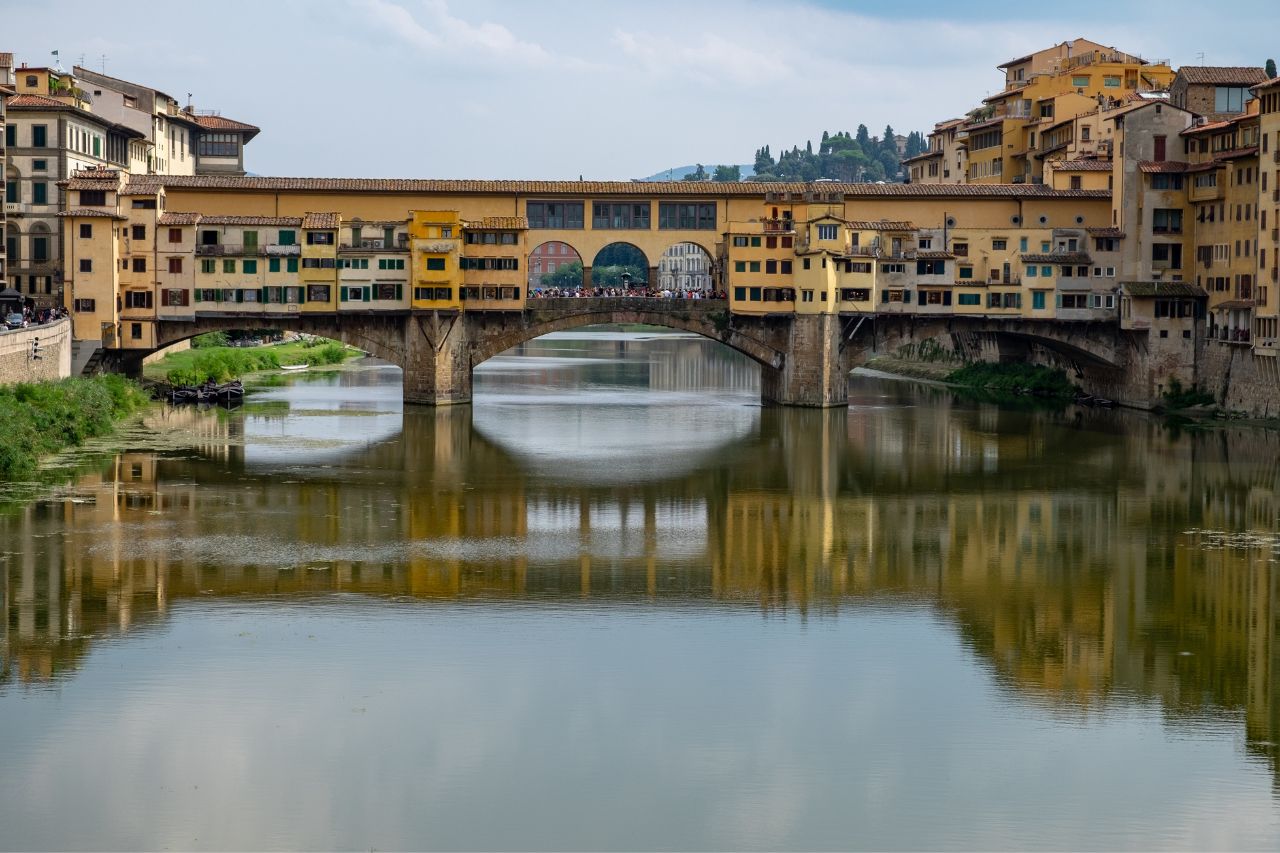
The Arno is one of the most significant rivers in Tuscany. It flows through the entire region and passes through Florence, Pisa, and Livorno. The Arno River is around 241 kilometers long. Flowing through Florence, it played a large role in the Italian Renaissance, as a way of transportation and trade it allowed goods to be transported from Florence to the sea. Renowned artists such as Leonardo da Vinci, Sandro Botticello, and Michelangelo have all found beauty in the Arno and incorporated pieces of it into their works.
Serchio
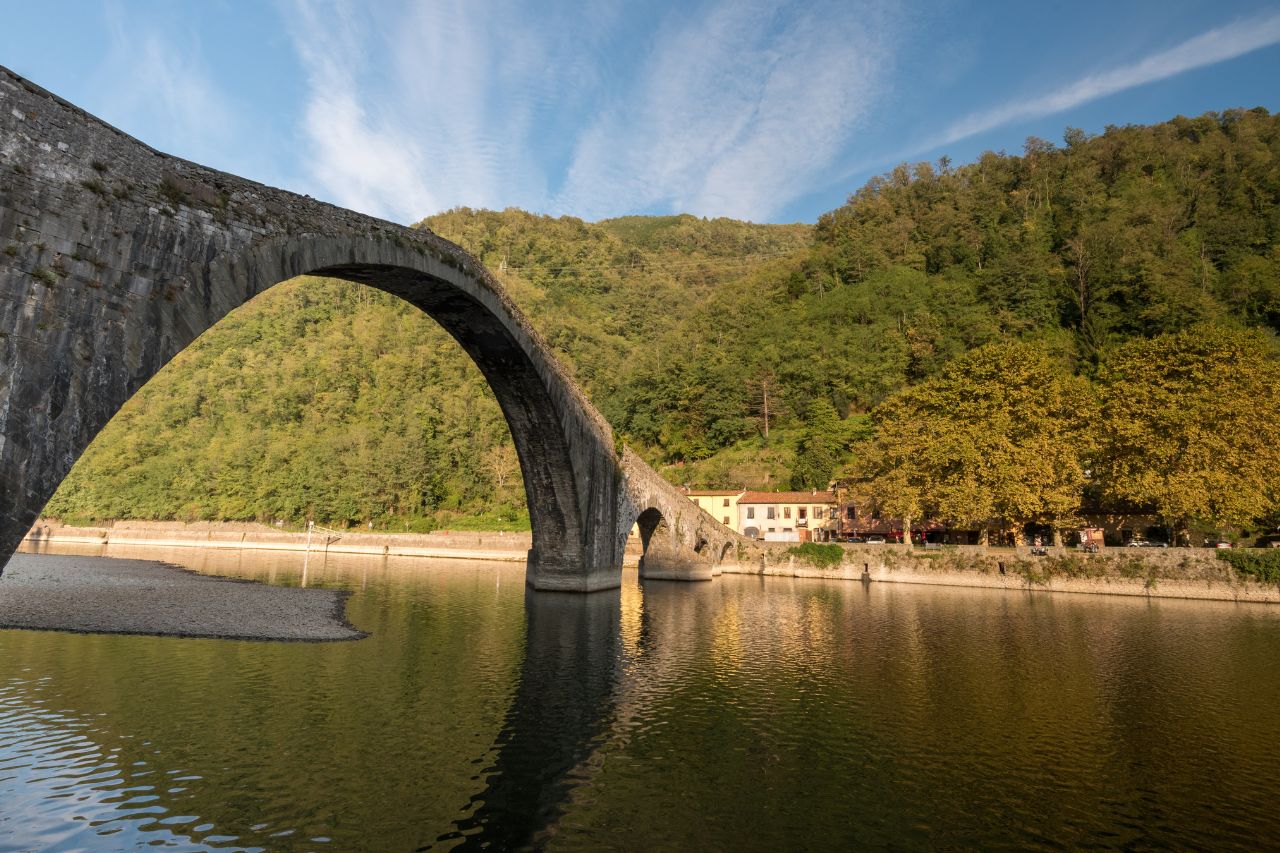
In northwestern Tuscany, the Serchio River originates in the Apuan Alps and flows into the Tyrrhenian Sea. at around 126 kilometers long, it has been an important factor for transportation and trade in the region, especially in ancient times. The Serchio Valley has fertile lands and the water supply from the river plays a huge part in sustaining crops throughout the valley.
Magra
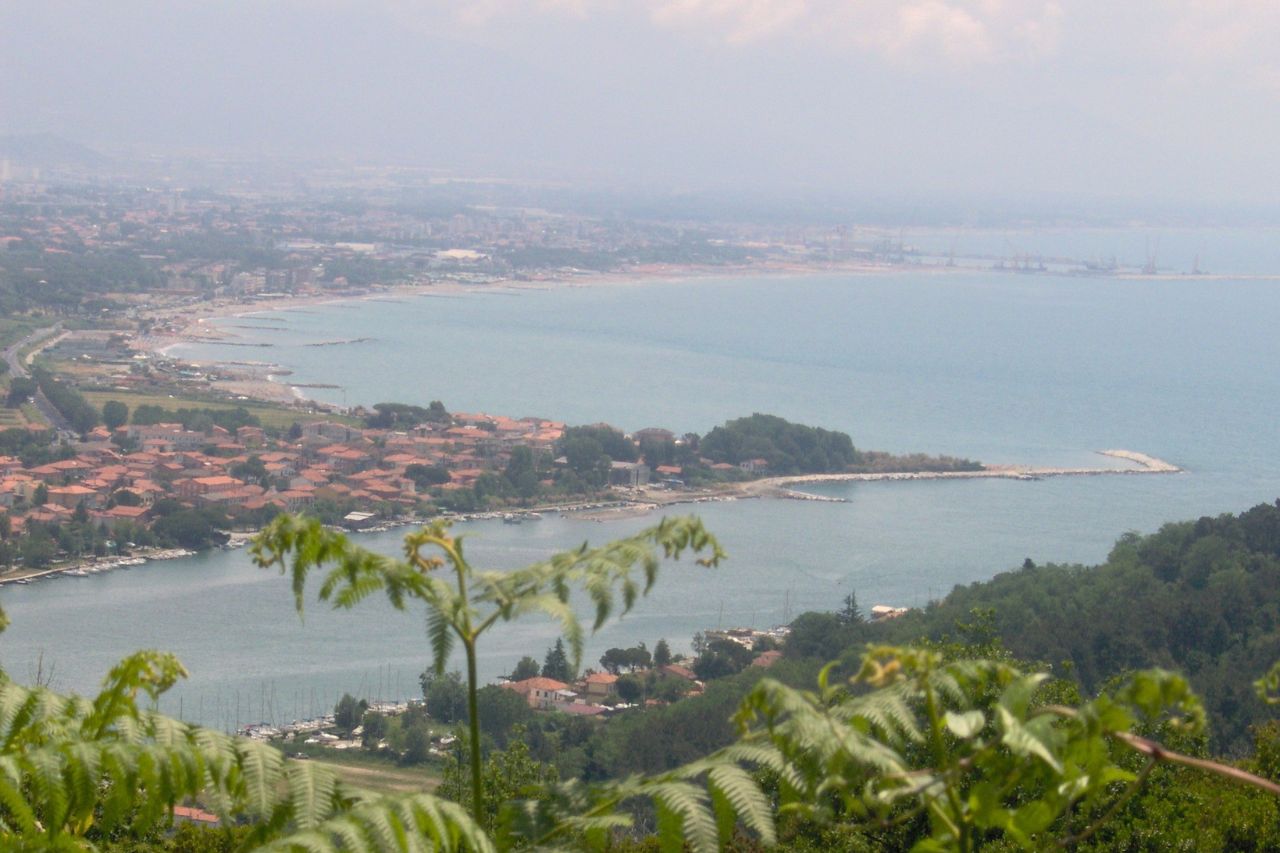
The Magra is around 60 kilometers long and flows from the northern Apuan Alps into the Ligurian Sea. It is a natural boundary between Tuscany and Liguria. The Magra’s biggest historical role is being a boundary marker between the Republic of Genoa and the Grand Duchy of Tuscany. The natural division between the two has historically led to conflicts between these powers. Although the division caused disputes in the past, the river was very important for transportation and trade in Tuscany. The area surrounding the Magra reflects an interesting blend of both Tuscan and Ligurian influences as it was common for cultures to overlap.
Elsa
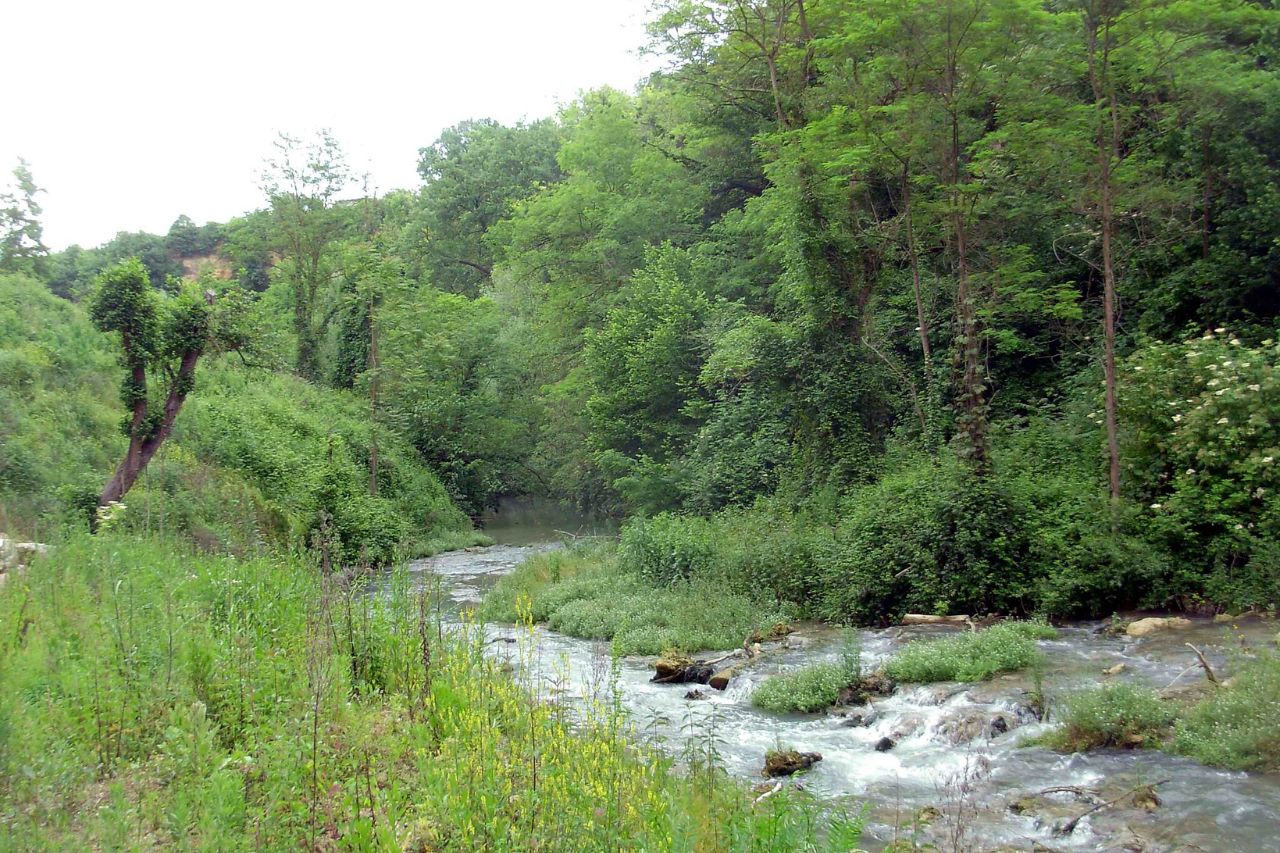
The Elsa River can be found in the Chianti region in central Tuscany. At around 85 kilometers, it starts in the hills of the Chianti region, flows through the Val d’Elsa, and eventually joins the Arno near Empoli. Historically, many towns were developed along the Elsa, including San Gimignano and Colle di Val d’Elsa. The cultivation of wheat, olives, and grapes is common in the area because of the Elsa as a source of water.
Wrap up
Rivers in Tuscany have been an important component in the region since medieval times, providing methods of transportation for people and for goods. It has shaped Tuscan culture and inspired artists throughout the years. Nowadays, enjoying Tuscan rivers is a popular activity for people interested in hiking and swimming in the various swim spots throughout the region.


